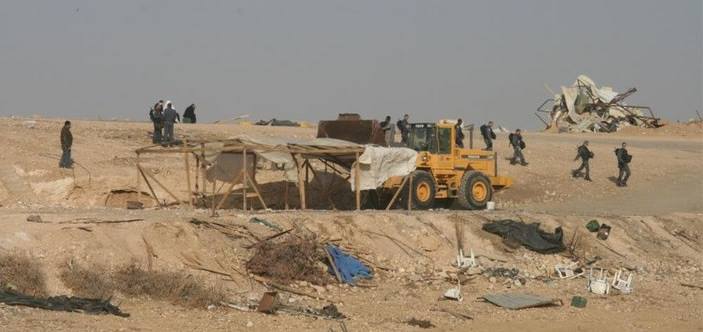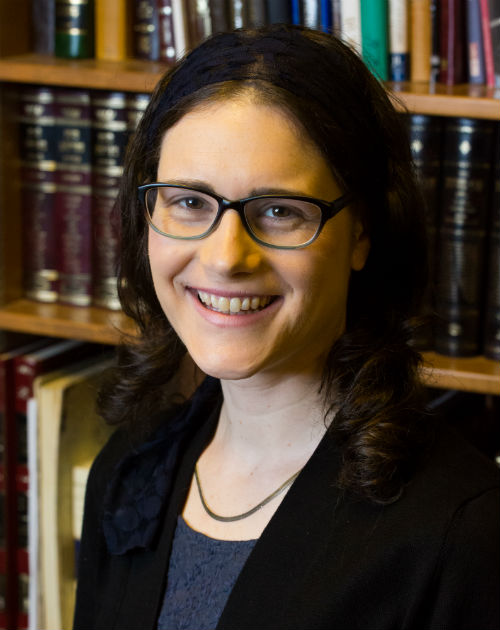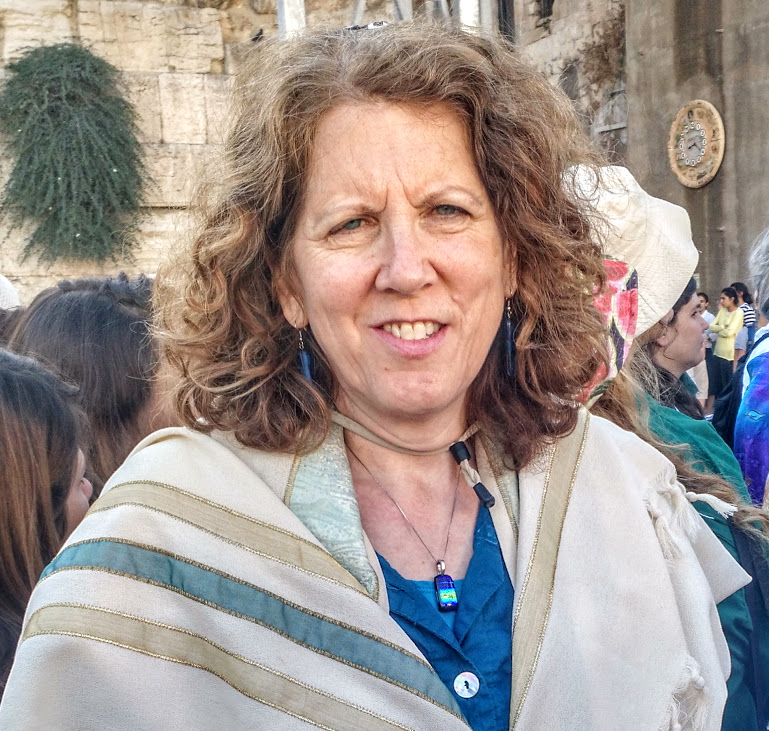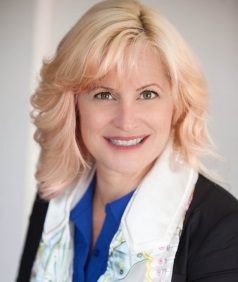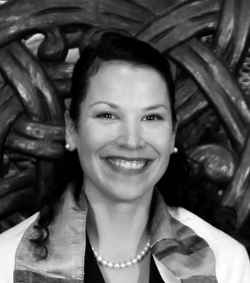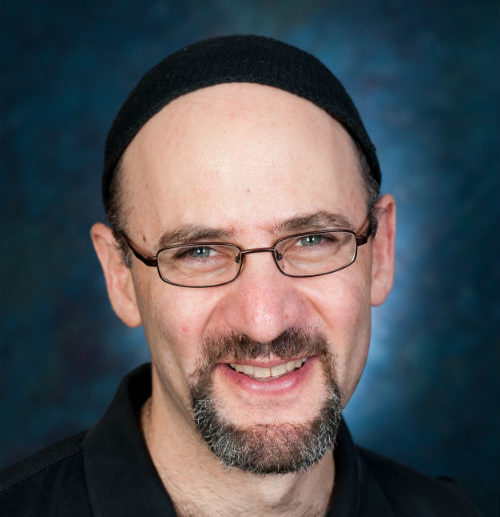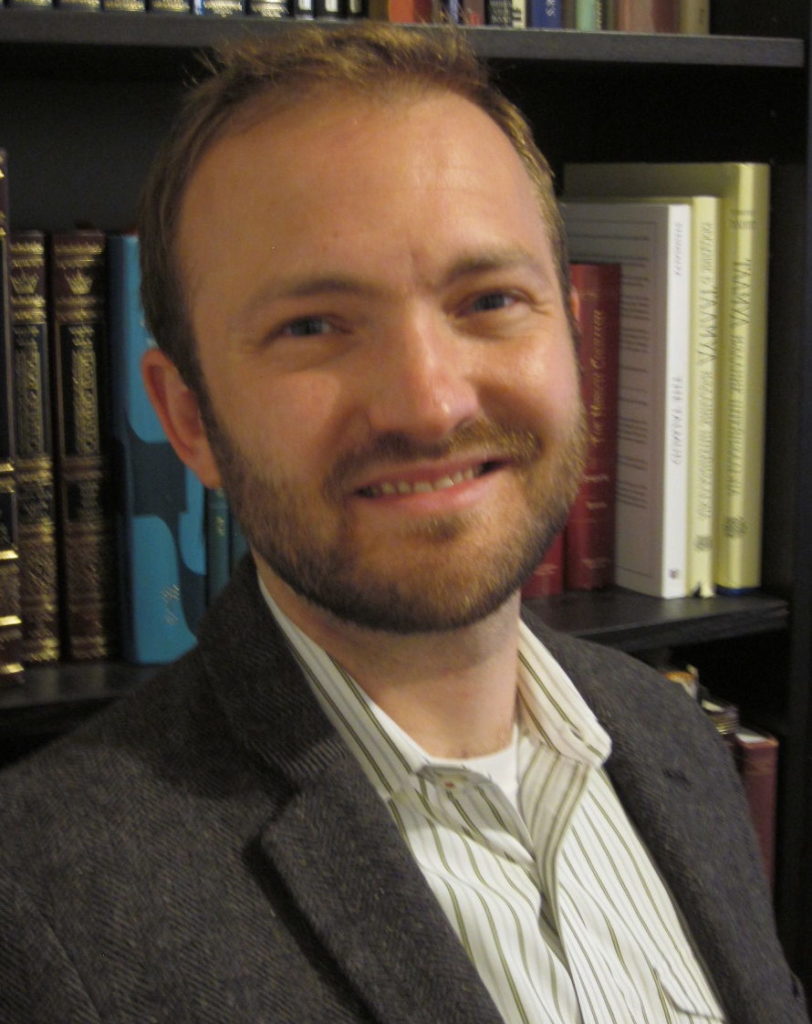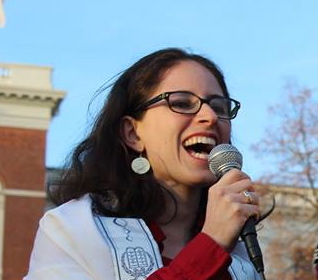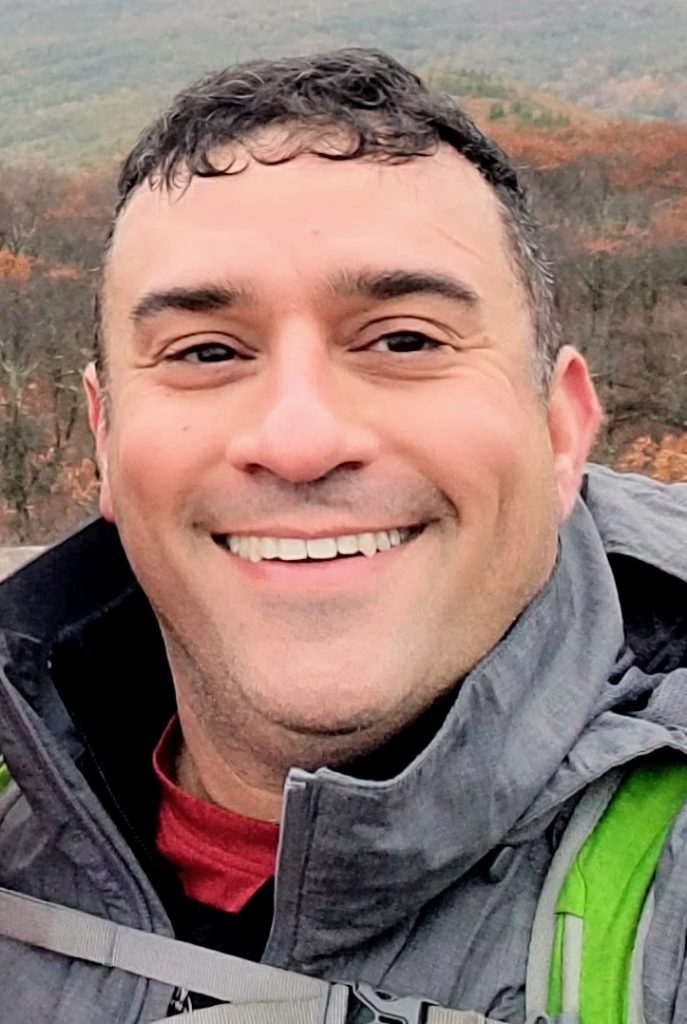
This Torah Has No Room For Hatred
Like all congregational rabbis, I frequently give eulogies for the deceased, and walk with their families to bury them. Jewish tradition prioritizes remembering the dead. It is a mitzvah gedolah—a great mitzvah—to give a eulogy that breaks the hearts of the listeners and highlights the praiseworthy deeds deceased, while simply forgetting his or her failings....
read more

